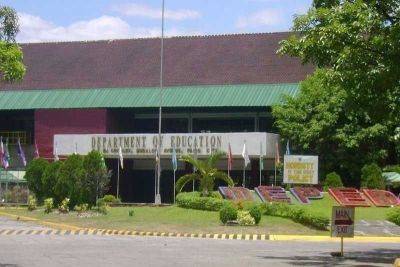A professor’s passion: Enhancing multimodal meaning making in science education
MANILA, Philippines — “Pretty with a close look. Lovely with a long gaze. So are you.”
This poem from Glass Flowers by Korean poet Tae-Joo Ra had inspired Dr. Park Joonhyeong in his academic journey, leading him to better understand how students develop and represent scientific ideas in science classrooms from a multimodality perspective. This encompasses visual, verbal and embodied representations in constructing scientific explanations in an individual and a group setting.
“This poem resonates with how I feel when I observe my students over a period of time—gaining deeper insights and understanding by meticulously analyzing the data related to students in my research,” Dr. Park explains. He further elaborates that this understanding informs teachers on how to more effectively teach and guide students.
Dr. Park, an assistant professor at Natural Sciences and Science Education Academic Group (NSSE) in the National Institute of Education, Nanyang Technological University, Singapore (NIE NTU, Singapore), obtained his Doctor in Philosophy in Science Education specializing in Physics in South Korea before moving to Australia as a post-doctoral researcher.
Prior to joining NIE NTU, Singapore, Dr. Park taught physics and science educational theories to pre-service teachers and graduate students.
“As a child, I dreamt of becoming a scientist. This dream led me to become a science teacher. Subsequently, I became eager to understand how to teach science more effectively,” he recollects with a smile. “Recognizing the importance of science education research had inspired me to dedicate my life to this field.”
Dr. Park’s primary research interest lies in multimodal representation in science classrooms. “The communicative nature of scientific ideas is inherently multimodal,” explains Dr. Park.
“When formulating scientific ideas that involve both generation and justification, and then communicating them, it’s imperative to involve multimodal representation. This is because verbal and written communication alone is limited in conveying multimodal meanings.”
It is this passion that prompted Dr. Park to explore further the multimodal discourse in science classrooms that supports





